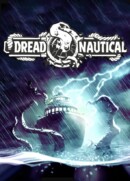
Developer: Zen Studios
Publisher: Zen Studios
Platform: Switch, PC
Tested on: Switch
Dread Nautical – Review
There are many turn-based RPGs out there, each bringing their own take on the genre to the table. With such competition, games have to fight to stay unique and differentiate themselves from their rivals. To do so, Dread Nautical brings eldritch horrors to a normal world, squaring them off against common people.
Story
Dread Nautical’s story revolves around the passengers of the cruise Hope after its teleportation into a dimension of horror and madness. At the start of the game, the player is prompted to select one out of 4 survivors, each with their own set of skills. The chosen character then becomes the “chosen one” mentioned in the initial cutscene of the game by an ominous narrator.
Once the game starts, the player’s character finds itself under in a safe haven under the boat’s deck, accompanied by a man named Jed. After talking with Jed, they’re quickly caught up to speed with the current situation and sent to retrieve some supplies.
Upon fulfilling this mission, the player must sound the foghorn of the boat, in hopes someone may hear it and rescue them, but once the sound starts, the player faints. Mysteriously waking up again in the safe haven, Jed explains this has happened many times before, the player going out for supplies and coming back, but without memories. For some reason, this time happens to be different and the player has retained their memories. Now with this change, some hope has been restored and Jed tasks the player with finding other survivors.
While the story is nothing to write home about, it does enough of a good job to set a mood and a reason for the player’s actions. A problem worth mentioning with the story is it moves along pretty slowly; beyond the original reason for the player to go out, the game’s plot takes a long time to develop.
Graphics
The style of the game’s graphics is a curious one, to say the least, it employs low poly and low detail character models with some decent animations. The backgrounds and environments are pretty well designed, though being limited by the set, they become repetitive soon enough; after all, there are only so many rooms a cruise can have.
Enemies are also well designed, though several of them are variations of the same base enemy. Bosses are a disappointment though, most are just a larger common enemy with more health and damage.
Sound
Sound is actually quite good in this game; both the music and SFX are both well made and appreciated, though the first is somewhat repetitive at times. Surprisingly enough, all the game’s cutscenes and dialogues with the characters are fully voice acted, adding a nice extra charm to the game.
Gameplay
As previously mentioned, Dread Nautical is a turn-based RPG, though it includes some of the more rarely used mechanics of the genre, such as action points or breakable equipment. Every character has a set amount of action points they can use to either move or attack, being up for the player to choose depending on the situation. While this mechanic works, it slows the game a lot by forcing you to take whole turns without any action other than moving.
The other mentioned mechanic, breakable equipment, is better implemented. It adds some amount of micromanagement into the mix, forcing the player to think what weapon to use, instead of blindly attacking. While it is true, broken items don’t disappear, it is still important to take care of the equipment, lest a good weapon may end up unusable until repaired.
The ability to do so comes in the base. As the player progresses through the early stages of the game, several workstations are unlocked, such as a workshop and bunks. All of these stations offer different services, ranging from the already mentioned item repair to character upgrades.
But here is where resource management enters the picture. As the player goes through levels, there are several highlighted items around the map. By looting these, the player may obtain new items or one of the three main resources of the game: scraps, runes and food. The first two are employed in the stations as currency in exchange for their services, while the last play an important role in character management.
Other characters can be unlocked by meeting them several times on the different levels, since they need to be convinced to join the team. To convince them, a dialogue option wheel opens during cutscenes, allowing players to select an option that may increase or decrease the interest of the new character in joining the band.
Every time the player takes a character with them into the boat, they’ll get hungry and require to be fed. If this is ignored, they’ll lose stats and possibly even die. The problem with this mechanic is food is not that rare of a resource nor is the stat loss that huge in the earlier levels of hunger, easing up the stakes quite a bit.
A pretty big flaw of the game is its pacing; similarly to the story, everything tends to drag around, animations for movement and attacks take a while and, as previously mentioned, there are turns comprised of almost only movement despite being at one block from the enemy.
Something worth mentioning as well is the clunkiness of the camera. Its controls are quite bad and unintuitive, requiring the player to press a button while using a joystick, leaving the whole right joystick unused.
Conclusion
Dread Nautical is an entertaining game, nothing that will blow anyone out of the water but still fun enough to play. It is not too difficult of a game, at least in the lower difficulties, but this can be fixed by playing on the harder ones, which add handicaps such as perma-death.
Dread Nautical - Review,
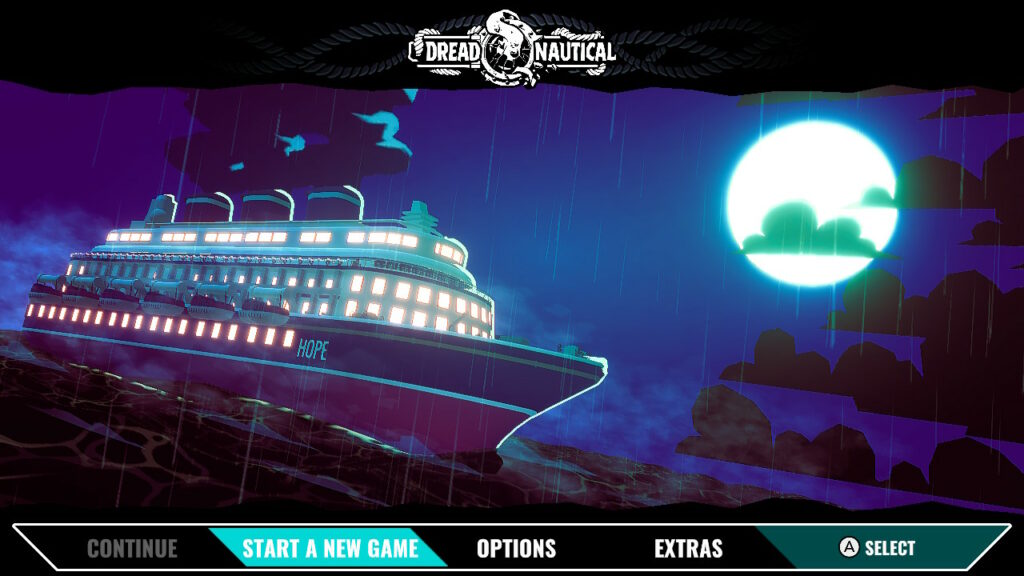
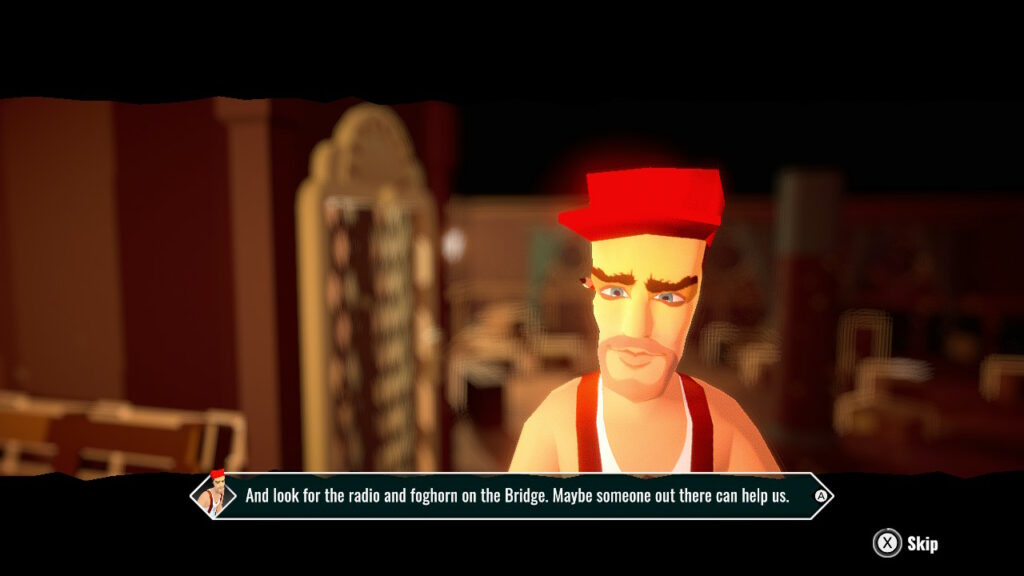
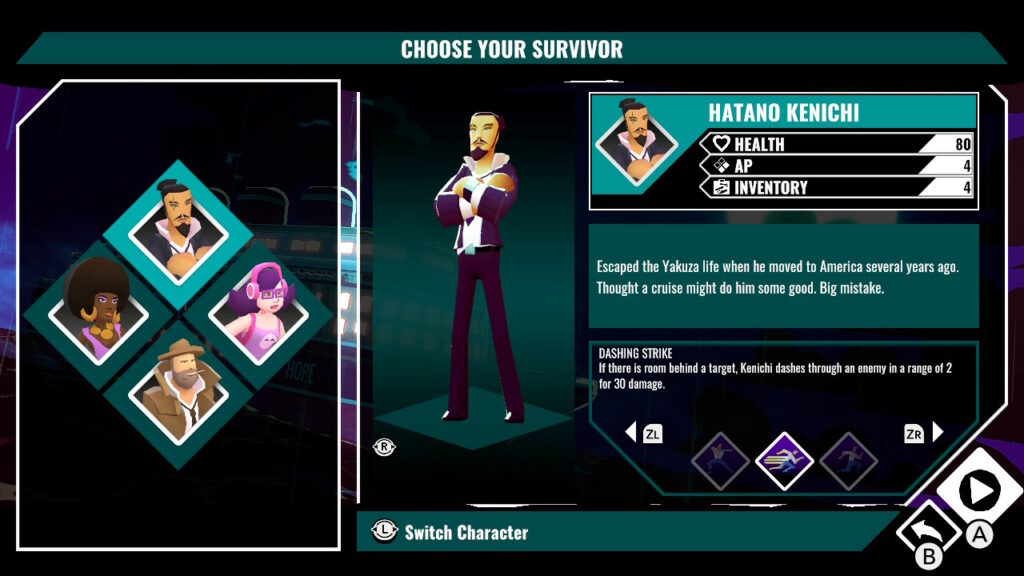
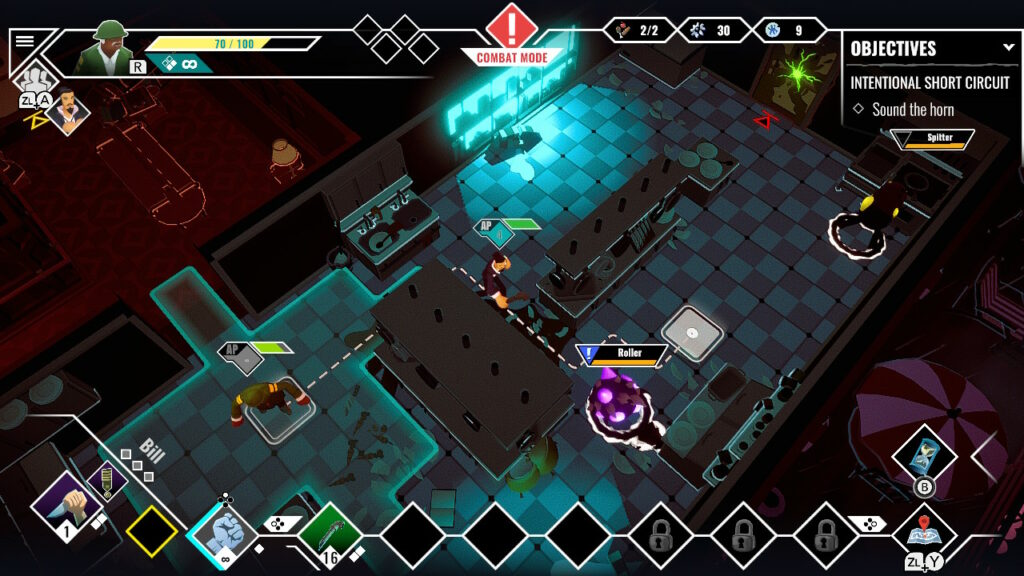
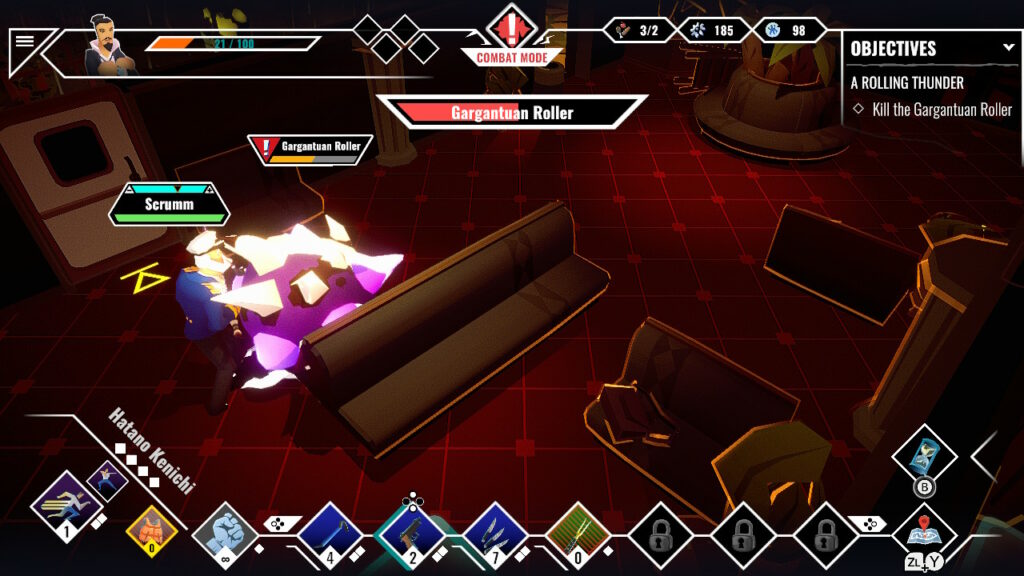
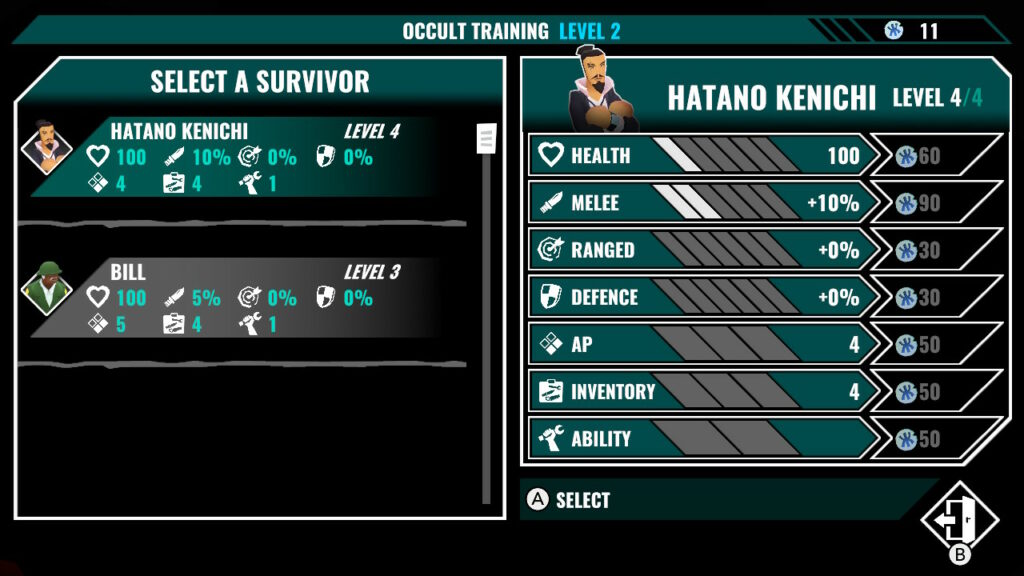
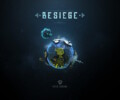
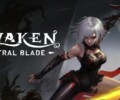


No Comments